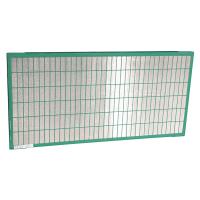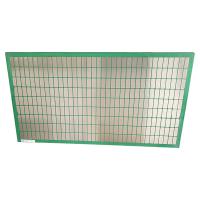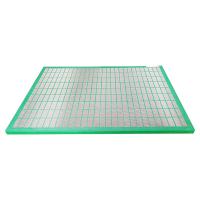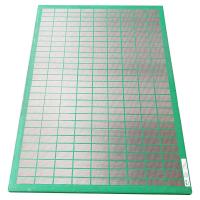Africa, a mysterious land far from China, is always regarded as black gold with various of beings in the grasslands and rich reservation of oil reservation. The exploration of crude oil and the protection of the environment seem naturally conflict with each other. While by establishing the environment protection laws and regulations, and giving constructive suggestions on how to minimize the damage from the oil exploration help a lot to provide a balance among the two. In most of African countries, it is a must that along with each drilling rig, there must be a drilling cuttings treatment system, while the treating cuttings must be disposed safely after special treatment.
How to treat the drilling cuttings?
GN Solids Control, which is a leading brand for professional separation especially in oil and gas waste management industry, has provided its equipment and solutions to more than 70 countries in the world. And GN drilling cuttings treatment equipment are widely used in Africa, like the vertical cuttings dryers and decanter centrifuges for separation, and also the screw conveyors and pumps for cuttings transportation.
What to do with the discharged cuttings from vertical cuttings dryer and decanter centrifuge?
After the treatment of a vertical cuttings dryer, the oil on cutting of the vertical cuttings dryer discharge is below 0.5%, it is quite a good number for taking them out of jobsite by truck, but not good enough to be disposed directly. Then comes the solidification unit. A solidification unit includes 3 hoppers, 2 smaller one while 1 bigger one. The bigger one is used as inlet of cuttings while the 2 smaller ones are respectively as inlets for cements and absorber. A screw conveyor with hard blades is installed in the horizontal cylinder, which will help mixing the 3 things, cuttings, absorber and cement, and let out dry, sand-like output cuttings. Now the active agents in cuttings already become inactive by working with absorber while cement absorbed the moisture from cuttings. In most of areas, such output can be buried directly at rig site or to be made into bricks for building roads.






